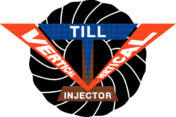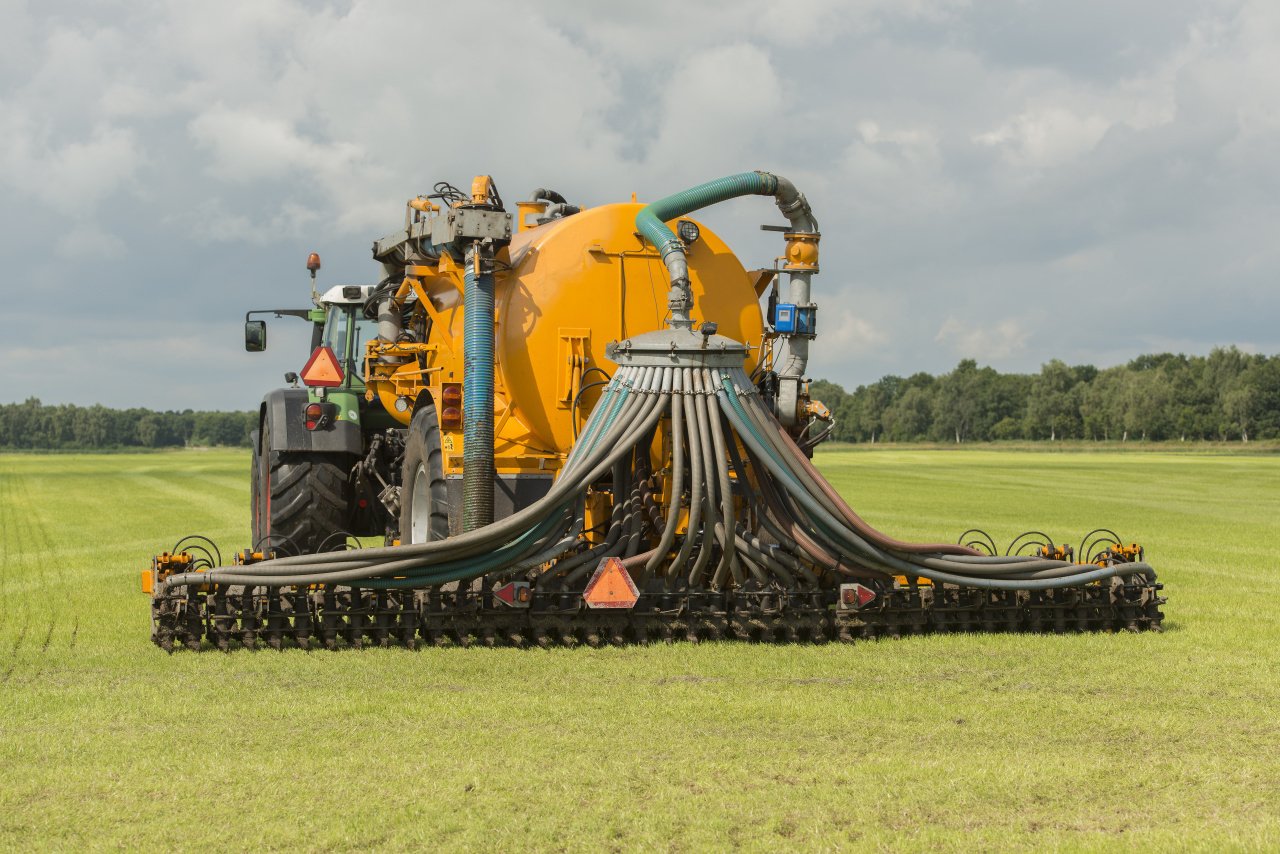Manure spreaders in the United States and Canada are one of the most important tools for keeping your farm’s crops strong and healthy for years to come. However, operating one of these tools can be a challenge if you don’t have experience with them. Though most models are designed to be as easy to understand as possible, some might be a challenge without proper guidance.
Therefore, you need to follow the tips outlined below to get the best results with your spreader. This simple process will ensure that you not only spread manure properly in your fields but also helps you clean out your spreader when you’re done. Doing so will ensure that your fertilizer is in great shape for years to come and will protect your investment.
Start With a Reasonable Spreading Plan
Before you run any manure spreaders on your property, you need to make sure you come up with a reasonable and well-thought plan. For example, you need to decide what kind of manure you plan on using, what spreaders you want to use to distribute it, and the route that you plan on taking across your crops if you need to spread your manure manually.
The first option will vary depending on your soil needs. For example, you may need high-nitrogen fertilizer if your crops don’t have this element. However, you should make sure to check the pH balance of your soil before you make any decisions. This step will ensure that you find the best manure for your needs. Talk to your fertilizer specialist to pick which is the most appropriate.
Now, you need to come up with a plan that covers all of your farm’s crops as much as possible. This step requires understanding how far your spreader moves your fertilizer. You then need to plan a route that has minimal overlap and which won’t cause manure to build up in too many areas. This step often requires the help of a professional but can be done if you have experience with spreaders.
Prepare the Spreader
The toughest part of the process is likely preparing your manure spreaders for use. This typically starts with filling the spreader with manure from your bin. Often, you’ll need to use shovels to throw the manure directly into the tank of your spreader. However, you may also have liquid distribution methods that minimize manual labor and fill your tank quickly and efficiently.
Next, you need to attach your spreader to your tractor or truck to ensure that it moves smoothly. Most of these spreaders utilize a ball joint of varying sizes to attach to hauling vehicles. Make sure that you’ve properly attached this joint before you begin, which includes snapping the connecting valve shut and locking it into place. Test the connection by briefly standing on it. If it holds, you’re good to go.
Now, you should set your spreader properly before you begin to ensure your manure moves correctly across your soil surface. This step requires you to set various aspects of your spreader, such as the distribution rates and the direction of the hoses before you begin. Check with your spreader manual to make sure that you do this step right.
Spread the Manure
At this point, you will take your manure spreaders to your fields and properly spread them across your soil. If you have a manual spreader, drive slowly to ensure that your fertilizer comes out evenly. Follow the plan you wrote early to hit all areas of your farm equally. If necessary, draw up this plan to ensure that you get the best results. Your fertilizer should be at least one-half to one-quarter inch in depth.
As you spread, you may want field hands to walk with your trailer to check for problems with the spreading process. For example, thicker chunks of fertilizer may clog up the hoses and require cleaning with hoes or other types of farming tools. Your farm hands can also spread the manure as they walk to make sure that its coverage is as even as possible.
Once you finish up with one field, more to another and continue the process until you’re done. Typically, you’re going to want to fertilize your field using this formula – 2-3 horses worth of manure for each acre of field. Make sure that you properly prepare for this amount before you begin to ensure that your fertilizer is properly and effectively spread.
Cleaning Up the Spreader
Once you have spread all of your fertilizer and you’re ready to quit for the day, take your manure spreaders to a general cleaning area. This area should include a cement floor where the fertilizer can fall. The floor should slope down to a grate connected to a storage bin. Once this bin is filled with water, you need to contact a hazardous waste company to remove the water properly.
Cleaning a spreader is typically quite easy. Start by removing any leftover fertilizer and placing it back into the storage bin for later use. Next, you can wash down the inside of the tank with the valves open to wash out the whole system quickly and efficiently. Though you don’t have to rinse the sides of the tank with any soap, you should make sure to break apart the lingering and clinging manure.
After you’re done with this process, you should let each spreader dry out before you clean the exterior with a rag. Use a soft soap to break apart any stains on the valves, the control elements, and any other areas that you touch regularly. Make sure, as well, that you check the tire pressure after every fertilization and fill them up with air, as necessary, to ensure that they don’t blow out.
Getting the Best Results
As you can see, working with a fertilizer spreader isn’t that hard if you understand the basic operating principles. That said, each spreader works in a slightly different way and will vary based on its design. For example, liquid spreaders have a different style that you need to keep in mind to ensure that you don’t make any distribution mistakes with your manure.
So if you own manure spreaders in the continental United States or Canada and you need help ensuring that they run properly, make sure to contact us today to learn more. Our professionals will sit down with you and give you a guide to proper spreader use. We can also help you perform maintenance on your spreaders and will work hard to keep them operating as well as possible.

